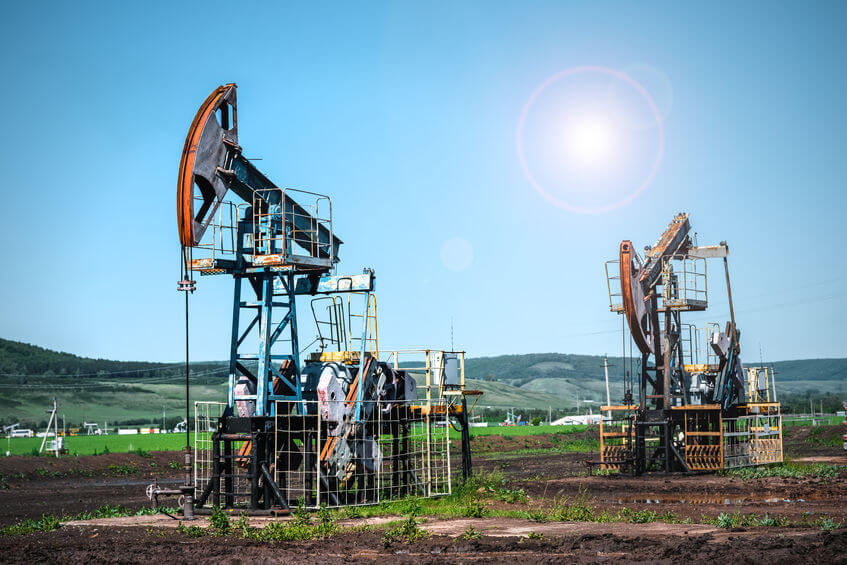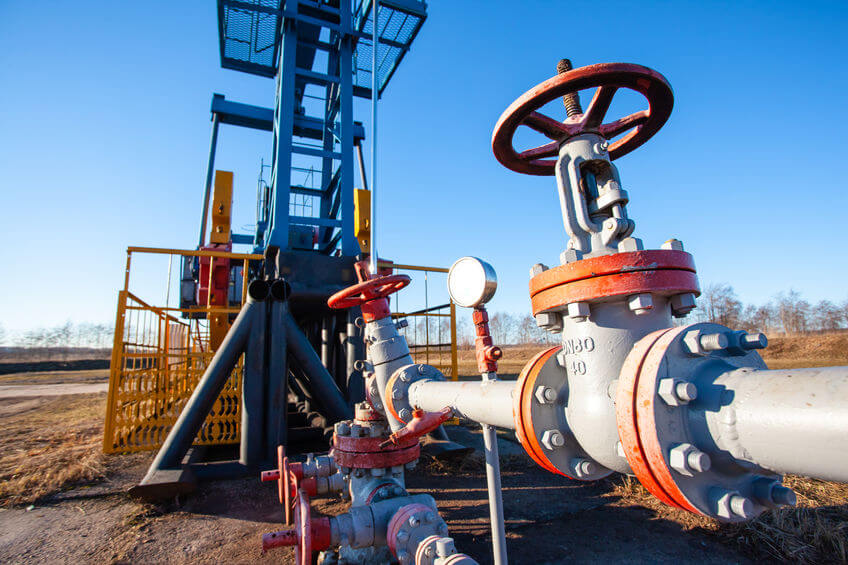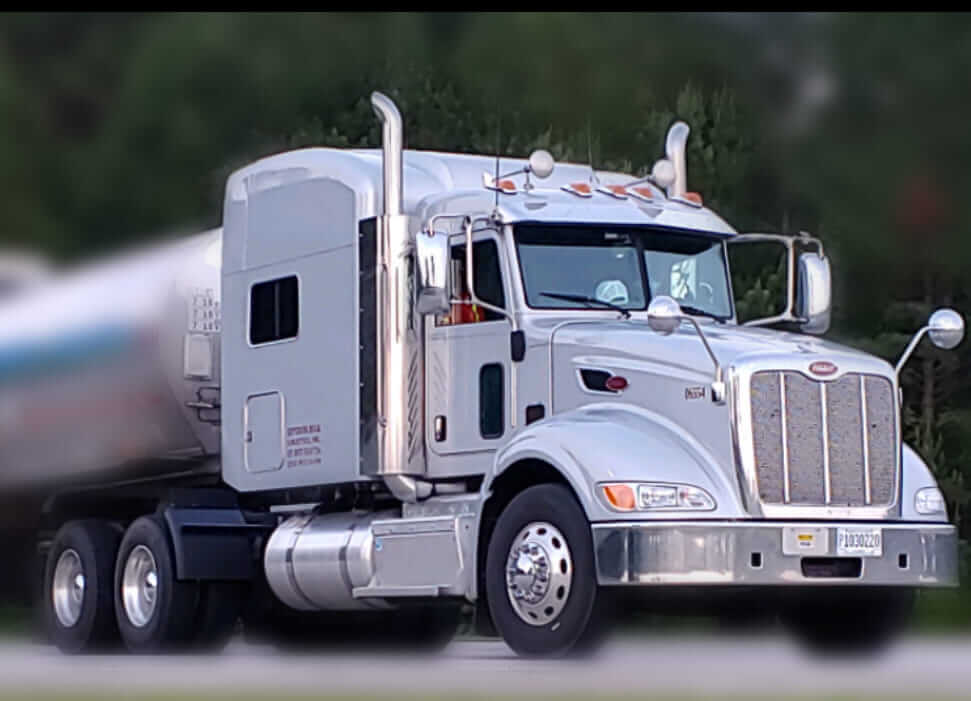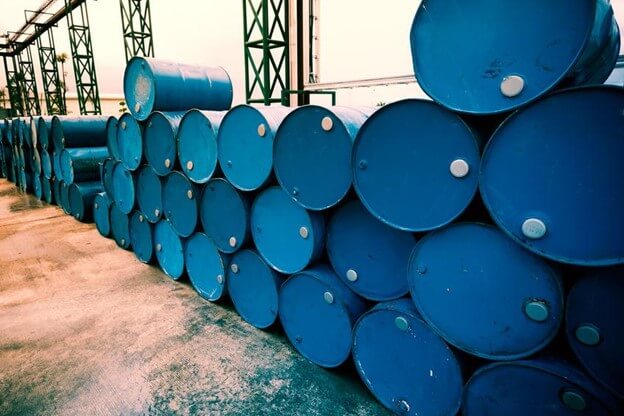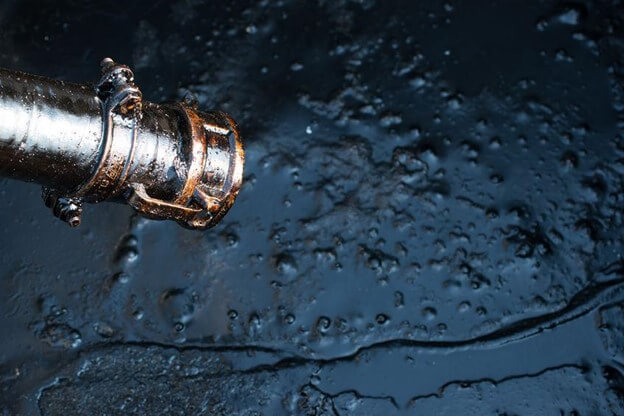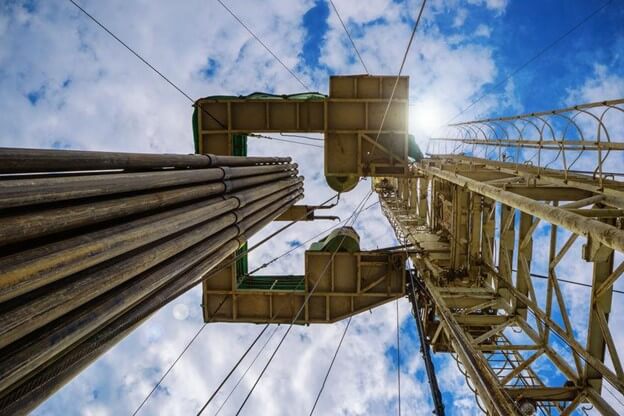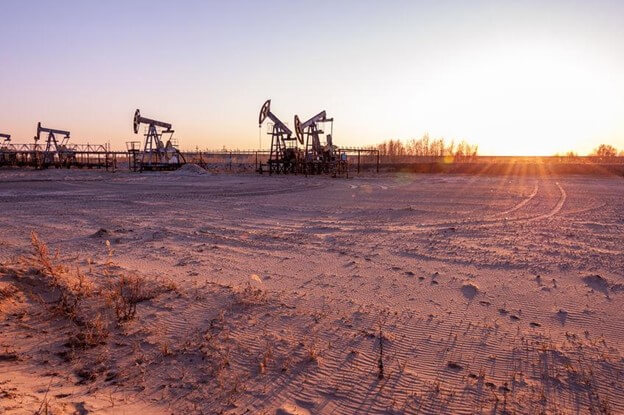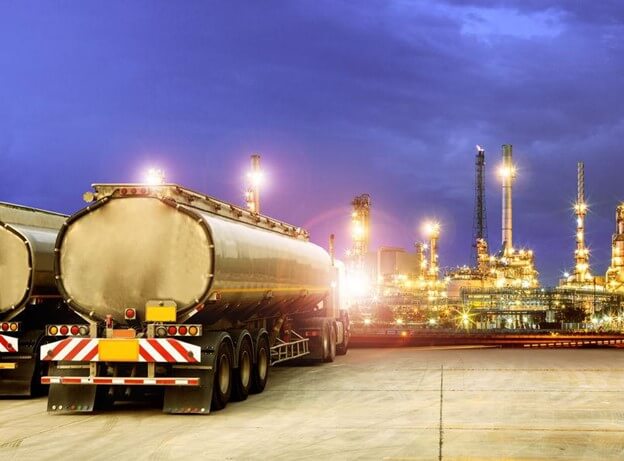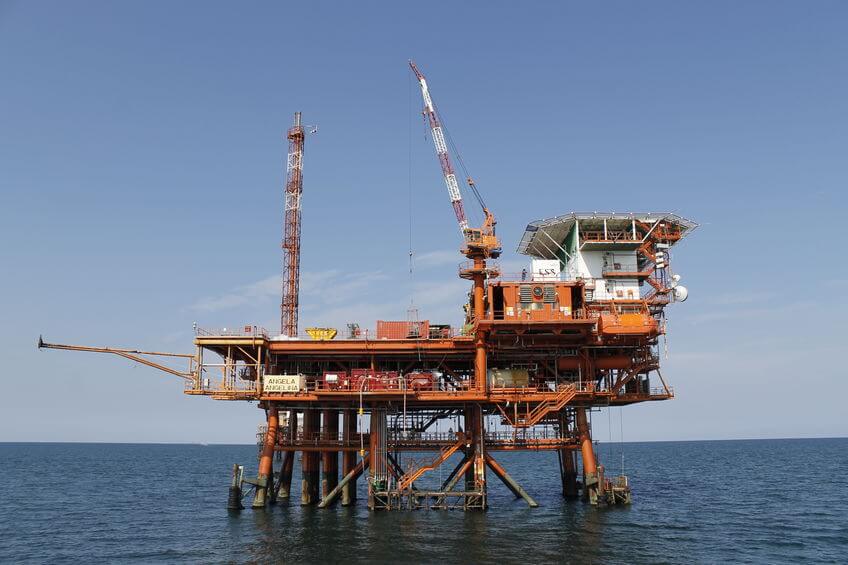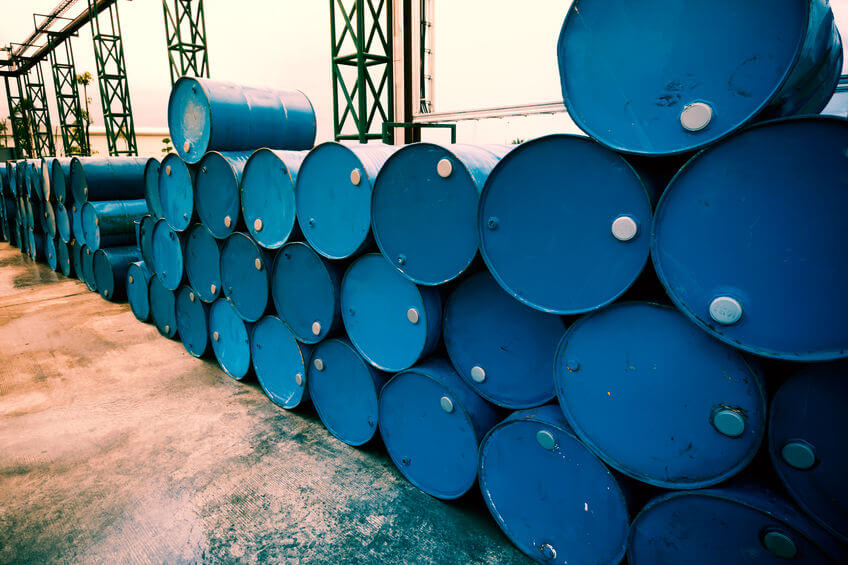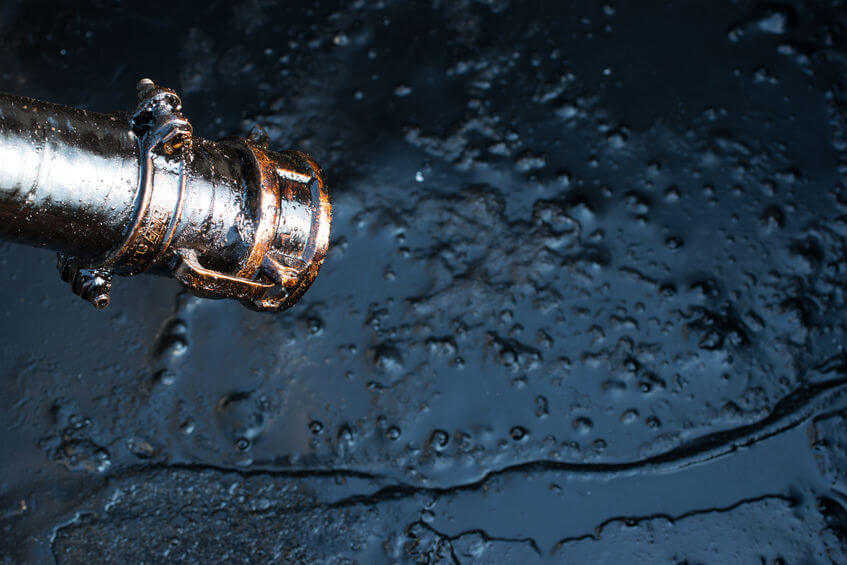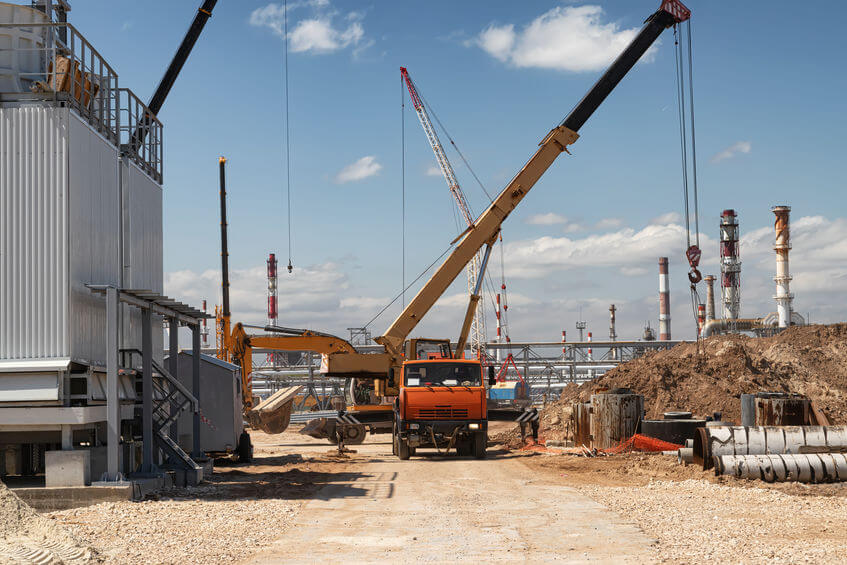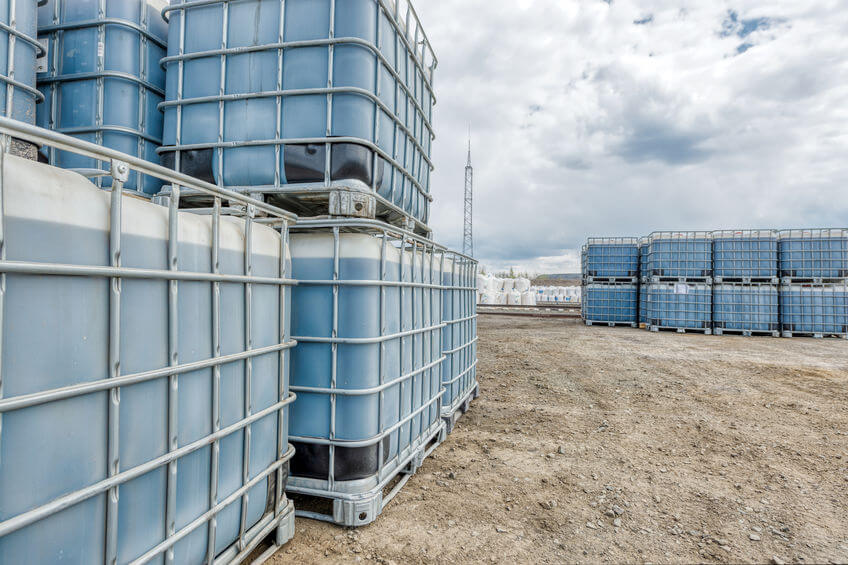
The oil drilling process involves many delicate sub-processes. Failure in one of these processes may lead to a cascade of failures across other processes. It is for this reason that oil companies do not tolerate failure in the oilfield at any point. And to make sure of this, oil producers rely on certain tools, materials, and chemicals to sustain a high level of productivity, and ultimately, profitability. Each tool, material, or chemical mitigates the failure of any process by solving problems that arise during the extraction of crude oil from the ground. But the problem that chemical demulsifiers solve is one of the most crucial in the oilfield.
This article takes you through:
- First, why we need demulsifiers in oilfields, where we discuss the problem that demulsifiers solve.
- It then tells you what demulsifiers are and how they work.
- And just like other oilfield chemicals, it has to be shipped in bulk. So, you’ll see how to ship chemical demulsifiers in bulk.
Why We Need Demulsifiers in Oilfields
One of the major problems that have the potentials of reducing expensive oil drilling efforts to naught is water contamination of oil. During the extraction of oil from the ground, oil is not the only chemical that makes it out. Crude oil comes in a mixture containing various compounds, including water. But we don’t need the water. It would be pointless to invest billions of dollars just to pump water from the ground when what we need is oil. Hence, the need to further separate the crude oil from the water.
Water in oil is a problem because;
- It may lead to the corrosion of oil storage components and tanks. Electrolytes are a crucial requirement for corrosion, and water makes a perfect electrolyte at some temperature ranges. And when corrosion attacks oil storage components, it could lead to a reduction in the quality of the oil in the storage tanks. It could also damage the components, leading to unnecessary replacement costs.
- Another reason why water contamination of oil is bad news is that water reduces the lubricity of oil. And this increases the possibility of damage to the mechanical components that use the derivatives of the oil (such as gasoline, and diesel).
- Since water is more susceptible to temperature swings than oil, having a lot of water content in oil makes it hard or impossible to store or further process the oil.
- Water is also a growth enabler for slimy microbial growth. These growth clog filters and holes that crude oil should pass through.
These challenges lead to the water contamination of oil. And because of the potential complications that water in oil causes, there is a need to reduce the water content in oil. But the solutions depend on how the water exists in the oil.
Water either exists in oils either as an emulsion or free water. An emulsion is a uniform mixture of water and oil (two naturally immiscible liquids). Free water is water that visibly separates from the oil, thereby forming layers of oil and water. While mechanical filtration and separation techniques may work on free water, they are ineffective for emulsions. But with the use of demulsifiers, we can effectively separate water from the oil, irrespective of how the water exists in the oil
What are Demulsifiers
As the name suggests, demulsifiers remove emulsions. Emulsions forms when water and oil — two normally immiscible liquids — remain stably mixed. Demulsifiers discourage the water in oil emulsion and ensure that the particles of either liquid are separate enough that mechanical separation techniques become feasible. In other words, demulsifiers encourage the formation of free water that is then easy to remove through the use of mechanical methods.
How do Demulsifiers Work?
Demulsification is the breaking down of water-in-oil emulsions. These emulsions are liable to form naturally from the oil well. Naturally occurring emulsifiers, asphaltenes and resins, make sure of this. These agents encapsulate the particles of water in interfacial films that make them more stable and likely to remain mixed in crude oil. So, what demulsifiers do is that they reverse the effect of the emulsifying agents by destabilizing the water in oil emulsions. They achieve this by breaking down those interfacial films to make the water separate from the oil.
One of the reasons the naturally occurring water in crude oil emulsions are so stable is that the water mixes with the oil at the minute particle level. Micro and nano particles of water combine with oil particles before being uniformly dispersed all around the liquid. These uniform dispersion and particulate mixing make separating these liquids difficult for mechanical separation techniques.
Processes Involved in Demulsification
Demulsifiers go about breaking the emulsions in two major processes. The first is the flocculation or aggregation of scattered water particles. This process makes water droplets or particles come close to one another. But this does not necessarily mean the water droplets have separated from the oil. The interfacial films that attach the water particles to the oil particles are still yet to be destroyed. This first step is just the part where the particles coagulate.
The second step is coalescence, and this is where the water particles coalesce. The interfacial films that were keeping the water and oil in emulsion weaken to the point of breaking. Little water droplets and particles then come together to form heavier droplets that easily settle down to the bottom of the reservoir through sedimentation. But if there is no way to remove the water sediments from the bottom of the reservoir, oil producers use a process called creaming to make the water float to the top.
The Use of Chemical Demulsifiers
There are many ways to achieve this emulsion destabilization. Heating crude oil is one way to go about it. Decreasing the agitation of the oil is another effective way to destabilize the emulsion formation. Other methods include the removal of solids that have the tendency to keep emulsions stabilized, and increasing the time the emulsion spends at treating temperature. But the use of chemical demulsifiers is still the most popular of these methods.
Chemical demulsifiers, like emulsifiers, are also surface-active agents. Only that demulsifiers break down the interfacial films that keep the emulsions stable. They also encourage the coalescence of the water droplets. The only tricky part about using chemical demulsifiers is the complexity of choosing the best demulsifier for water-crude emulsions because of the various contents of the crude oil.
The fact that chemical demulsifiers are the most popular for demulsification doesn’t mean the other methods are unimportant, however. In fact, many oil producers make use of at least two demulsification methods during the processing of crude oil.
Advantages of Using Chemical Demulsifiers in the Oilfield
Here are some benefits that chemical demulsifiers have over other demulsification methods
● Increased energy content
The ultimate goal of the oil and gas industry is to produce energy. It only makes sense that we try to extract as much energy from every drop of oil we have painstakingly extracted from the ground. And the use of demulsifiers for the separation of water from oil takes us closer to this goal.
Water displaces a corresponding volume of crude oil. And since oil is the main energy content of the mixture, the more water we have in the oil, the less energy content we can extract from the crude oil.
● Allows for the use of mechanical separation methods
Once demulsifiers separate the water particles from the oil particles, it becomes easier to use mechanical techniques to separate the water content from the oil. This is especially beneficial, as the mechanical separation devices are most effective when the water is in free water from or unstably emulsified.

The shipping of Chemical Demulsifiers
It is difficult for oil producers to do without chemical demulsifiers at the oil drilling sites. As a result, oil companies invest as much into the shipping of the chemicals as they invest in the chemicals themselves. And when the chemical demulsifiers are needed in bulk, as they are often needed at drilling sites, the best way to ship them is through the use of stainless steel liquid bulk tankers.
Challenges of Shipping Chemical Demulsifiers to Oilfields
Shipping chemicals to oilfields always comes with challenges. Some, you may be able to prepare for. Others could only have been anticipated by experienced carriers.
For instance, the roads in many oil drilling sites may sometimes prove tricky to maneuver for inexperienced carriers. This inexperience may not be a problem until these carriers get involved in accidents with their millions of dollars’ worth of cargo. This issue is often common in massive oil drilling sites.
Another challenge that confronts the shipping of chemical demulsifiers — and any oilfield chemical for that matter — is the amount of work and planning that goes into the logistics and distribution management system of the chemicals. Ideally, this system is supposed to manage out-of-stock situations and optimize cost. But this system itself needs a lot of hands on deck to work smoothly. For instance, a typical oil company supply chain would include shipping warehouse managers, inventory supervisors, purchasing directors, site foremen, third-party freight managers, and many more. The major challenge here is that all these parties must work perfectly as a team, as miscommunication from one party could be catastrophic.
These challenges are only a few of the things that could go wrong with the shipping of chemical demulsifiers to oilfields. And with each challenge comes a level of risk. Risks that could cost your oil company millions of dollars as well as its reputation. However, partnering with an experienced oilfield chemical logistics company, such as Total Connection, will help you cut down on the risks that these challenges expose your company to.
Shipping your Liquid Bulk Chemical Demulsifiers with Total Connection
Total connection logistics offers you competence, reliability, and experience. And the company has had almost three decades to hone each of these services to best suit your business. What you get is a logistics company that is consistent with the effective shipping of your oilfield chemicals at costs that are best suited to your company. In our years of service, we have worked with both the consumer and supplier ends of the oilfield chemicals logistics. And we have built a network of partnerships that promises a lot of benefits to our clients.
Your business too can enjoy reliable chemical demulsifier shipping while cutting out excessive costs and unnecessary risks when you leverage our network of partnerships. You can start by simply filling out the short quote form below.

